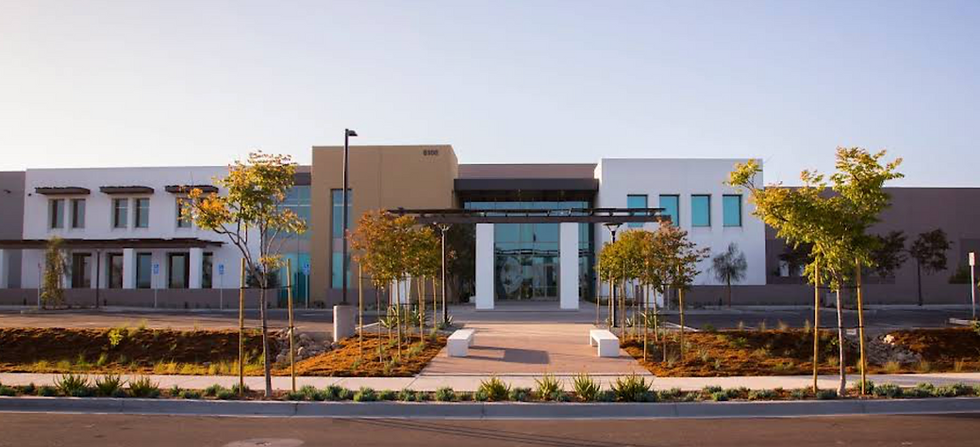HALOs & chainsaws
- Zachary Self

- Feb 12, 2023
- 2 min read
Updated: Mar 4, 2023

Immediately upon completion of training a physician begins a careerlong battle against skill decay. Gone are the days of medical school and residency with an organized curriculum of structured learning and near constant supervision. Depending on where one practices and what one's practice entails, many procedures that may have been commonplace during residency training- such as endotracheal intubation, central line placement, etc.- may suddenly become quite infrequent. This dearth of opportunity to maintain one's skills can unfortunately lead to self doubt and hesitation when faced with a high acuity low occurence (HALO) event. Even a moment's hesitation in a true medical emergency can mean the difference between a life saved and a life lost.
Thus, in smaller rural centers such as our clinic in Guatemala, it is imperative that we stay sharp. As Stephen Covey stated in his wildly popular book, The 7 Habits of Highly Effective People:
"We must never be too busy to sharpen the saw."
And, as Brian Johnson, a modern philosopher adds:
"why just take the time to 'sharpen the saw'?... I say we step back and BUILD A CHAINSAW!!!... What would YOU rather have... A well-sharpened saw? Or... A well-oiled CHAINSAW?"
At our center in Guatemala, we are working to build our chainsaws by incorporating weekly skills labs and simulation.
In the picture below, I am accompanied by Dr. Carmen Stellar- one of our former Global Health Fellows. The picture was taken after we performed a simulation exercise to refresh our cricothyrotomy skills using a kevlar neck protector and a 3D printed cric model.

In 2022, we added a Blue Phantom Gen II ultrasound guided central line trainer. In this image, Dr. Dina is working on her vessel cannulation skills under ultrasound guidance.

Most recently, we subscribed to a brand new service, SIMKit (think Kiwi Crate, but for doctors). As described on their website:
"We've built our curriculum using evidence-based cognitive science- you'll learn using short, monthly lessons, so that it sticks.
Your kits will arrive at your door in a monthly subscription. After reviewing the instructional video, you'll practice on SimKit's low-fidelity models, then take a quiz to confirm you've got it.
At SimKit, we focus on the infrequent, high-stakes procedures you'll encounter in emergency care environments such as cricothyrotomy, gastroesphageal balloon, tube thoracostomy, and more."

screenshot from simkit.co
Regardless of the training method employed or the model utilized, what remains unchanged is our commitment to stay sharp and provide our patient's with the care they deserve. We are actively fighting the battle to prevent skill decay and build chainsaws so that we can best care for our sickest patients.
Initial Photo by Michael Fenton on Unsplash



